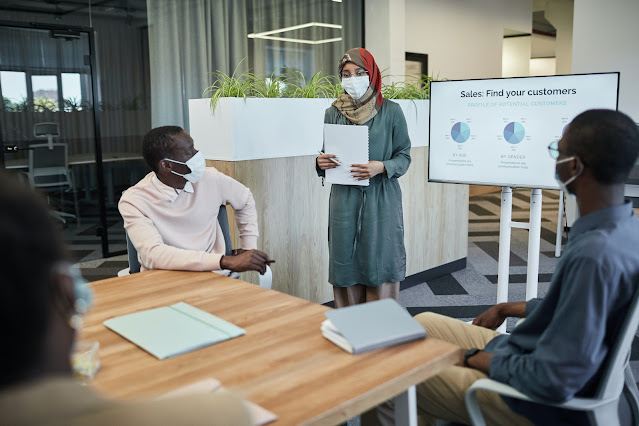Explain the different types of implementing Network Intrusion Detection System in cloud.
Intrusion Detection System (IDS)
An Intrusion Detection System (IDS) is a network security technology originally built for detecting vulnerability exploits against a target application or computer. Intrusion Prevention Systems (IPS)extended IDS solutions by adding the ability to block threats in addition to detecting them and has become the dominant deployment option for IDS/IPS technologies. This article will elaborate on the configuration and functions that define the IDS deployment.
Active and passive IDS
An active Intrusion Detection System (IDS) is also known as Intrusion Detection and Prevention System (IDPS). The intrusion Detection and Prevention System (IDPS) is configured to automatically block suspected attacks without any intervention required by an operator. Intrusion Detection and Prevention System (IDPS) has the advantage of providing real-time corrective action in response to an attack.
Network Intrusion detection systems (NIDS) and Host Intrusion detection systems (HIDS)
Network Intrusion Detection Systems (NIDS) usually consist of a network appliance (or sensor) with a Network Interface Card (NIC) operating in promiscuous mode and a separate management interface. The IDS is placed along a network segment or boundary and monitors all traffic on that segment. A Host Intrusion Detection System (HIDS) and software applications (agents) installed on workstations are to be monitored. The agents monitor the operating system and write data to log files and/or trigger alarms. A host Intrusion detection system (HIDS) can only monitor the individual workstations on which the agents are installed and it cannot monitor the entire network.
Knowledge-based (Signature-based) IDS and behavior-based (Anomaly-based) IDS
A knowledge-based (Signature-based) Intrusion Detection System (IDS) references a database of previous attack signatures and known system vulnerabilities. The meaning of the word signature, when we talk about Intrusion Detection Systems (IDS) is recorded evidence of an intrusion or attack. Each intrusion leaves a footprint behind (e.g., nature of data packets, failed attempt to run an application, failed logins, file and folder access, etc.). These footprints are called signatures and can be used to identify and prevent the same attacks in the future. Based on these signatures Knowledge-based (Signature-based) IDS identifies intrusion attempts.



Comments
Post a Comment